For every adventure enthusiast, there’s an ever-growing list of stunning islands around the world they dream of exploring. However, appearances can be deceiving. Behind the picturesque landscapes and tranquil environments lie hidden dangers that can prove fatal. Deadly snakes, toxic gases, infectious diseases, hungry crocodiles, and nature’s most sinister elements inhabit these seemingly serene havens. These are islands you’d never wish to be marooned on. While a select few might allow visitors with special permission, for your own safety, it’s wise to steer clear of these treacherous islands, particularly North Sentinel Island. In this article, we’ll explore the top 10 most dangerous islands in the world, where stepping foot could lead to calamity or even tragedy.
- 1. Ilha da Queimada Island, Brazil: The Serpent’s Den
- 2. Poveglia Island, Northern Italy: A Haunting Past
- 3. Bikini Atoll, Marshall Islands: Nuclear Nightmares
- 4. Saba Island, Caribbean: Tempestuous Territory
- 5. Gruinard Island, Scotland: A Legacy of Contamination
- 6. North Sentinel Island, India: Aggressive Isolation
- 7. Miyake-Jima Island, Japan: Gas Mask Necessity
- 8. Farallon Islands, USA: Radiating Danger
- 9. Reunion Island, Indian Ocean: Shark-Infested Waters
- 10. Ramree Island, Myanmar: Crocodile Haven
1. Ilha da Queimada Island, Brazil: The Serpent’s Den
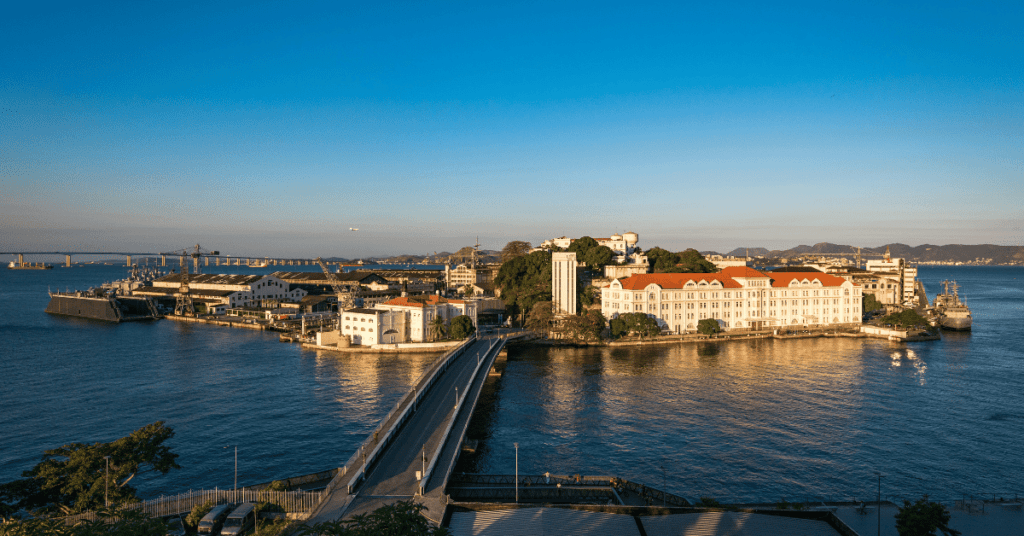
Nicknamed “Snake Island,” Ilha da Queimada harbors the dubious distinction of being home to the world’s highest concentration of venomous snakes. With as many as “2,000 to 4,000 golden lancehead pit vipers,” the island’s dangerous inhabitants make it off-limits to the public. The venom of these vipers can dissolve human flesh within an hour, earning them a fearsome reputation.
2. Poveglia Island, Northern Italy: A Haunting Past
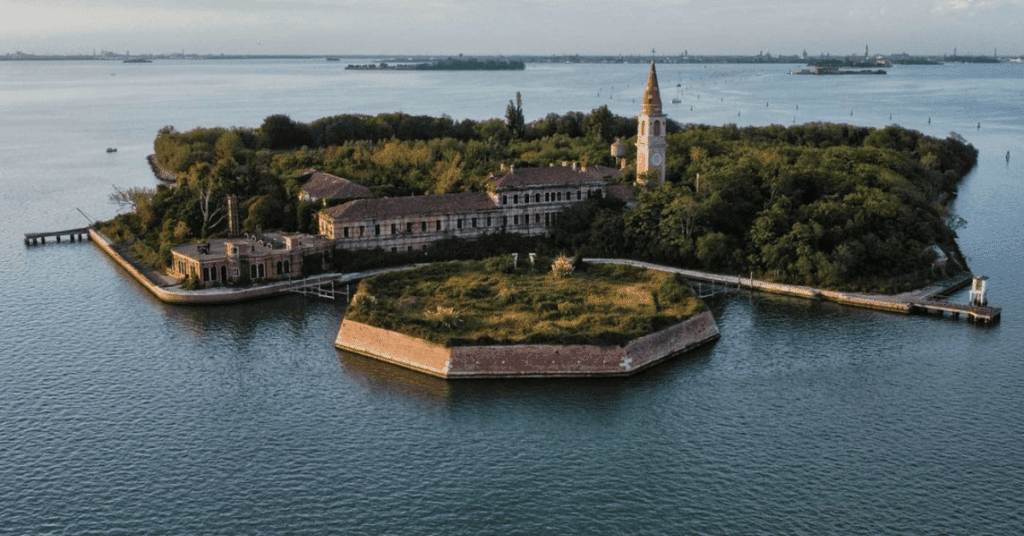
Poveglia Island, located between Venice and Lido in the Venetian lagoon, is deemed illegal to visit. This infamous place is known as the most haunted spot globally, with stories of plague victims and dark experiments staining its history. Used as a quarantine station and a mental hospital, the island is rumored to be rife with ghosts, making it a chilling and dangerous destination.
3. Bikini Atoll, Marshall Islands: Nuclear Nightmares
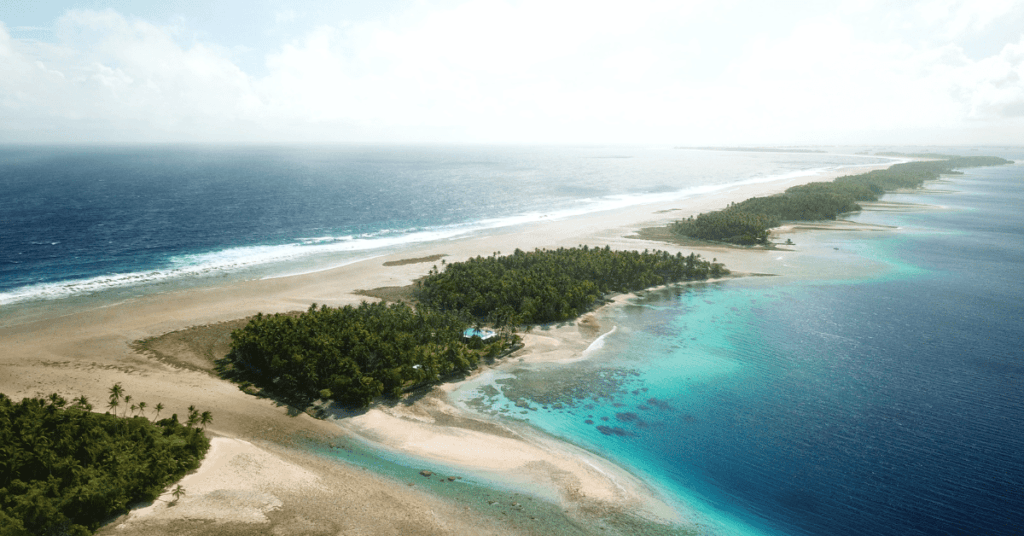
Though a UNESCO World Heritage Site, Bikini Atoll’s history of nuclear testing renders it a hazardous place. From 1946 to 1958, the US carried out “23 nuclear experiments” on the island, resulting in significant harm to the environment and posing serious health dangers to the island’s residents. Apart from radiation, the island is also home to dangerous sharks, making it a perilous destination for both humans and marine life.
You might find my articles on these topics interesting to read:
10 Most Dangerous Cities in the World 2023
Top 10 Most Dangerous Cities in California
4. Saba Island, Caribbean: Tempestuous Territory

Dubbed the “Unspoiled Queen” of the Caribbean, Saba Island’s natural beauty conceals a volatile nature. Frequently hit by severe hurricanes, Saba Island has faced more significant hurricane impacts in the last 150 years than any other place on Earth. A visit during the winter months is advised, as the island’s hurricanes can pose significant dangers.
5. Gruinard Island, Scotland: A Legacy of Contamination
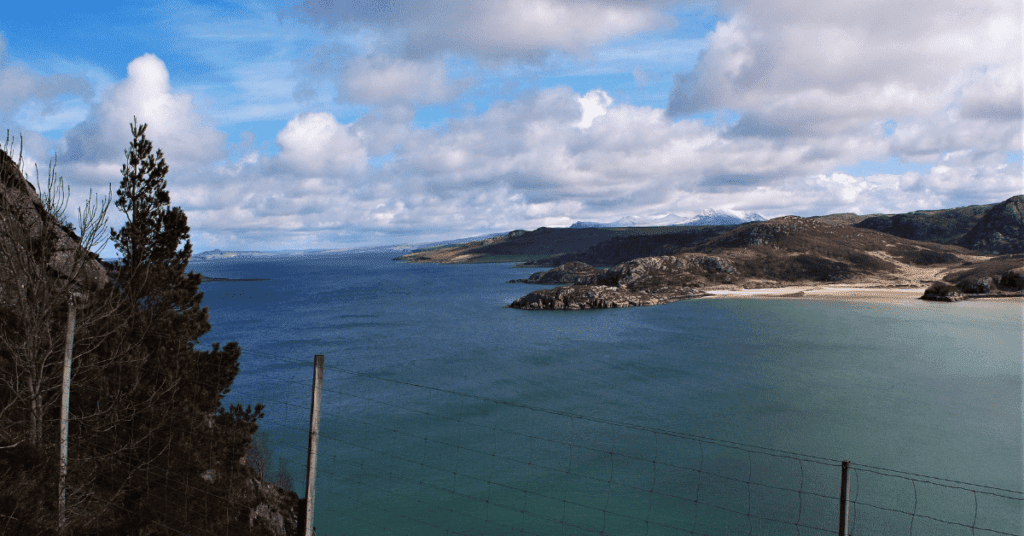
Gruinard Island in Scotland was once subjected to biological warfare testing during World War II, leading to its contamination with anthrax spores. While efforts to decontaminate the island have been undertaken, the presence of anthrax in the soil continues to pose health risks, rendering it an uninhabited and dangerous location.
6. North Sentinel Island, India: Aggressive Isolation
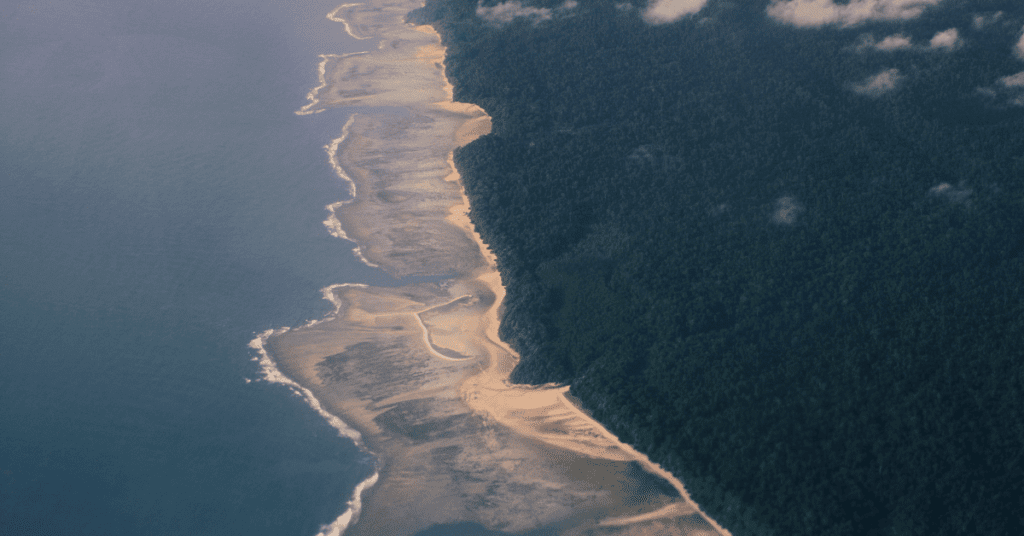
Located in the Bay of Bengal, North Sentinel Island is inhabited by the Sentinelese, an indigenous tribe that has fiercely resisted contact with the outside world for thousands of years. The Indian government has banned approaching the island within three miles due to the tribe’s aggression. Armed with deadly weapons, the Sentinelese have killed outsiders attempting to set foot on their shores.
7. Miyake-Jima Island, Japan: Gas Mask Necessity
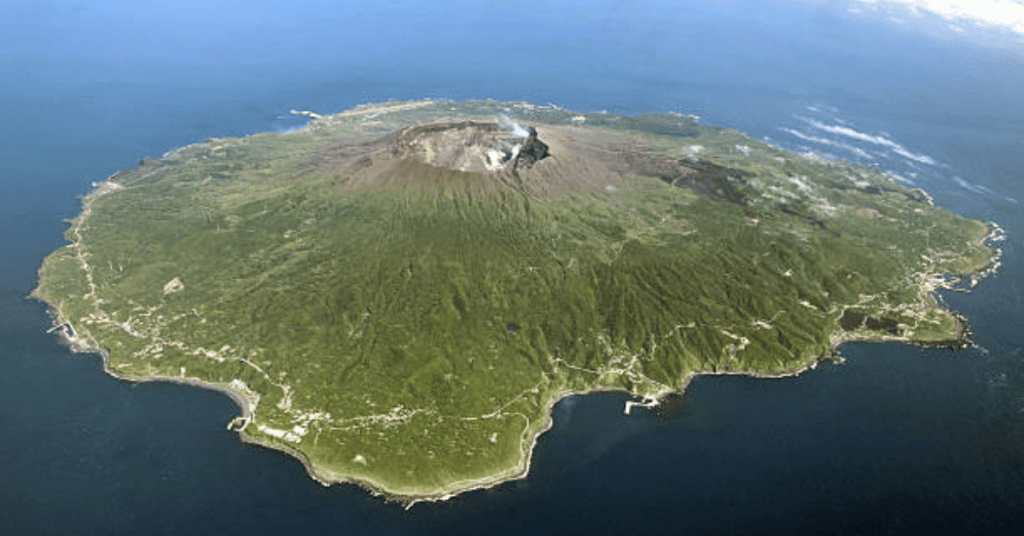
Miyake-Jima, known as the “gas mask island,” lies southeast of Tokyo and is home to an active volcano. Volcanic eruptions emit toxic sulfur vapors, and residents and visitors are required to carry gas masks to protect against hazardous air quality. The unpredictability of volcanic activity renders the island a hazardous destination.
8. Farallon Islands, USA: Radiating Danger

The Farallon Islands, located off the coast of San Francisco, were used as dumping grounds for low-level radioactive waste between 1946 and 1970. The exact locations of the waste containers and the potential environmental risks remain uncertain. The islands are now off-limits to the public, accessible only to a few conservation scientists.
9. Reunion Island, Indian Ocean: Shark-Infested Waters
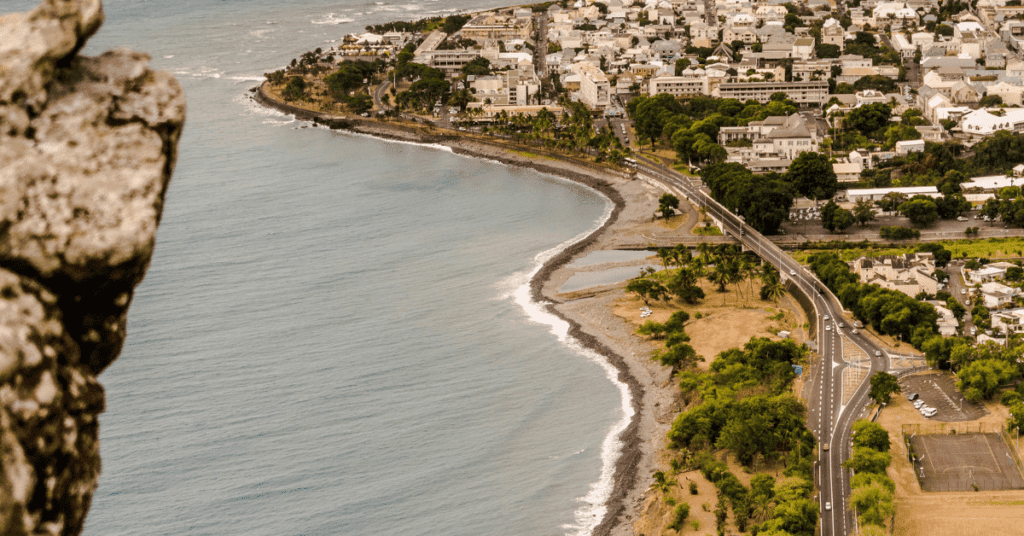
Reunion Island boasts diverse marine biodiversity, including various species of sharks. However, the prevalence of shark attacks has led to bans on swimming and surfing along its shores. A series of fatal attacks between 2011 and 2017 has cemented its reputation as a dangerous spot for aquatic recreation.
10. Ramree Island, Myanmar: Crocodile Haven

Ramree Island is home to the world’s largest population of saltwater crocodiles. During World War II, it witnessed the deadliest crocodile attack on record when Japanese soldiers, attempting to flee through marshes, were devoured by these predators. The island’s reputation as a haven for these reptiles makes it a hazardous destination.
Conclusion
In a world where curiosity often drives us to explore every corner, these 10 islands stand as stark reminders that nature’s beauty can often hide its perils. From venomous creatures to human history’s darkest chapters, these locations require respect, caution, and an understanding of the dangers that lie within their idyllic façades.
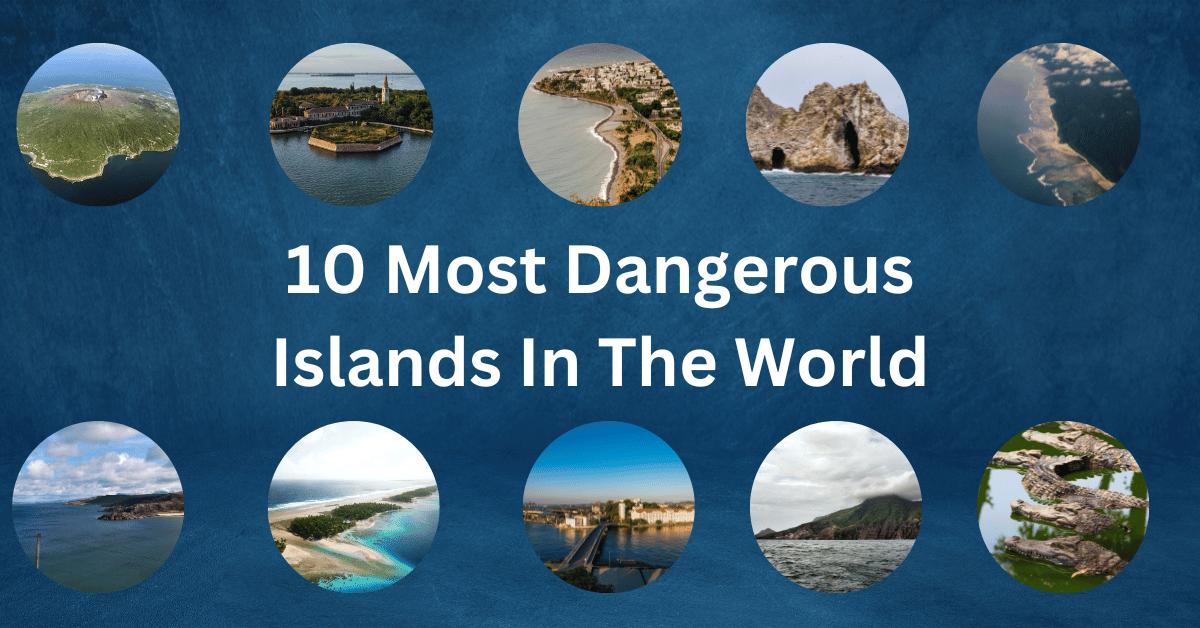


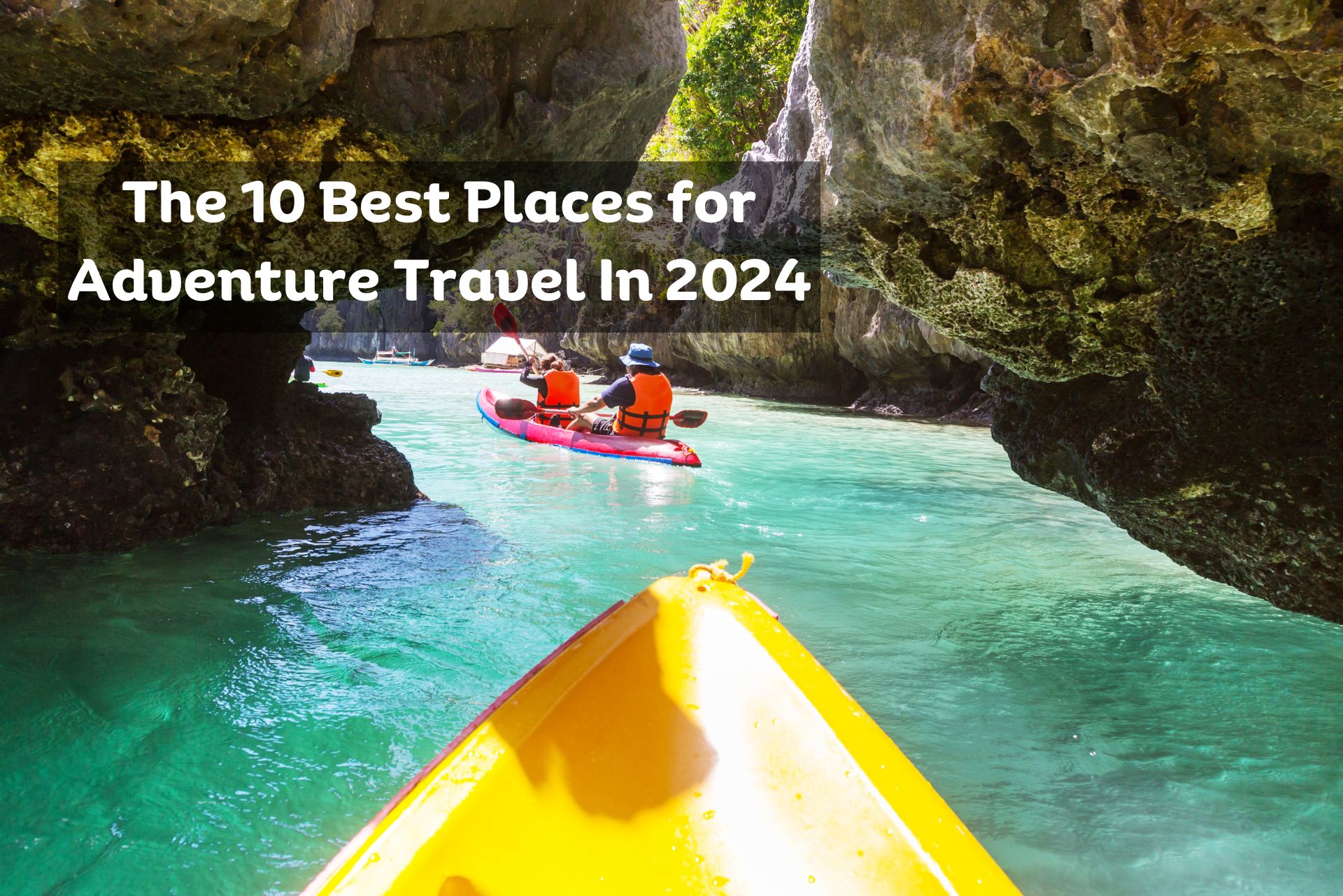

2 Comments on “10 Most Dangerous Islands In The World”